The vertiginous cliffs and treeless landscapes of the Oileáin Árann, with their gritty geological poetry of grykes and clints, are charged territory: a defiant last scattering of scarified mass before an ocean horizon that stretches unbroken as far as Newfoundland.
To these grist-bitten edges, in the time of folklore, came Grióir, a penitent man seeking atonement. For years he made his home in a cleft on the sea-lashed shores of Inis Meáin, brooding on past transgressions.
One night, as the scourging waves and scouring rain ripped boulders and flayed rock, Grióir, roiled by his turbulent heart, gnawed off his lower lip. By daybreak a new one had appeared in its place, not a lip of warm, yielding flesh, but of gold, cool and burnished as a beach pebble, worn smooth by the elements.
After his death, monks laid Grióir’s body to rest on the eastern most tip of Túr Mháirtín on Árainn, across the sound that bears his name, where the wind and the waves continue to scrape and split and shave the skin and bones of the land, in a ceaseless narrative of mortification and magical transformation.
These two sequences of images were conjured on either side of Sunda Ghrióra; Grióir’s Cave on Inis Meáin and Túr Mháirtín on Árainn; the rumoured points of departure and ultimate rest.
Alison Morris
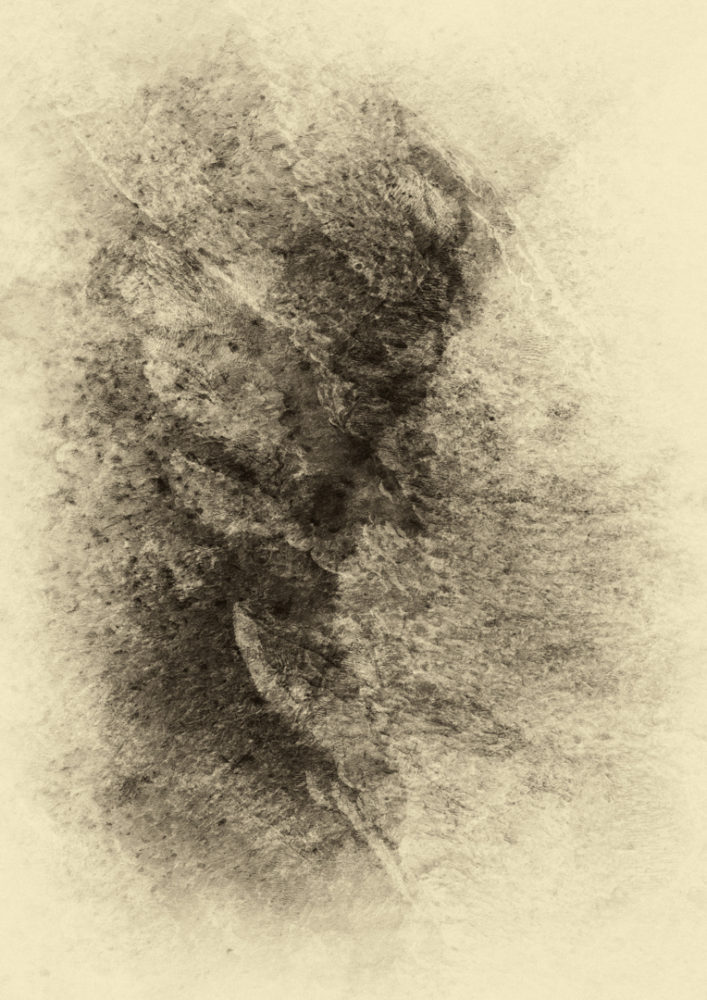
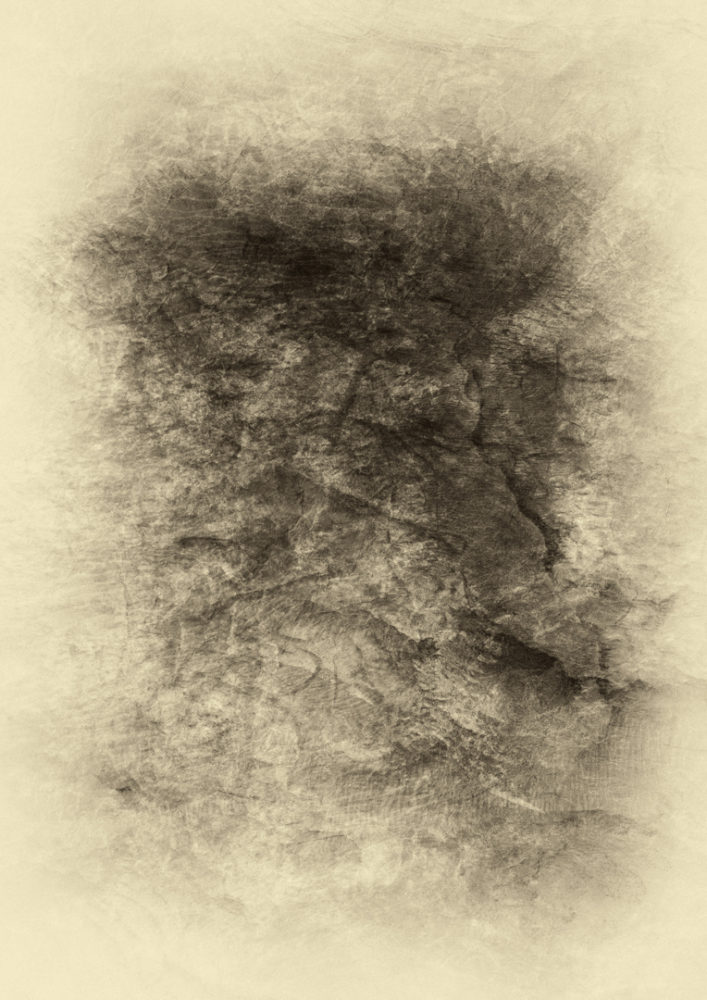
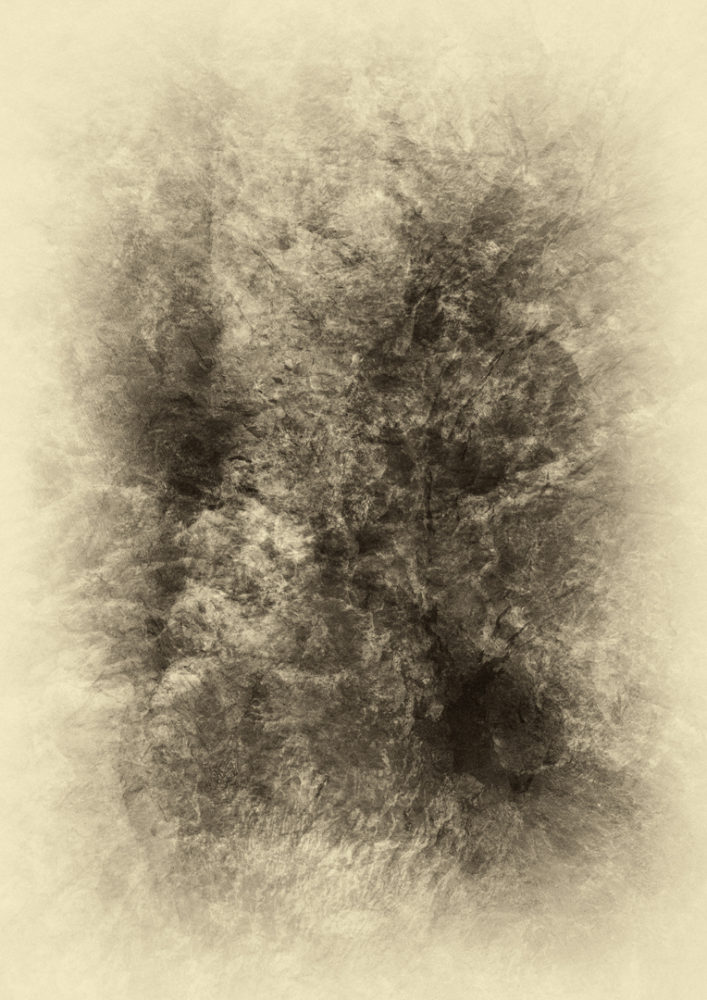
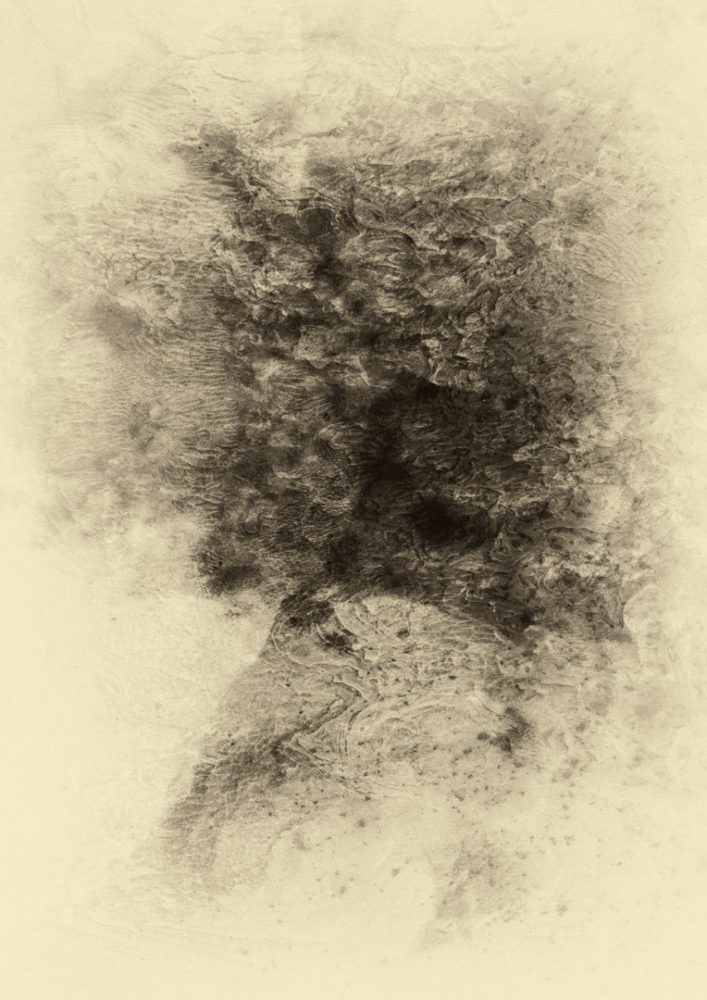
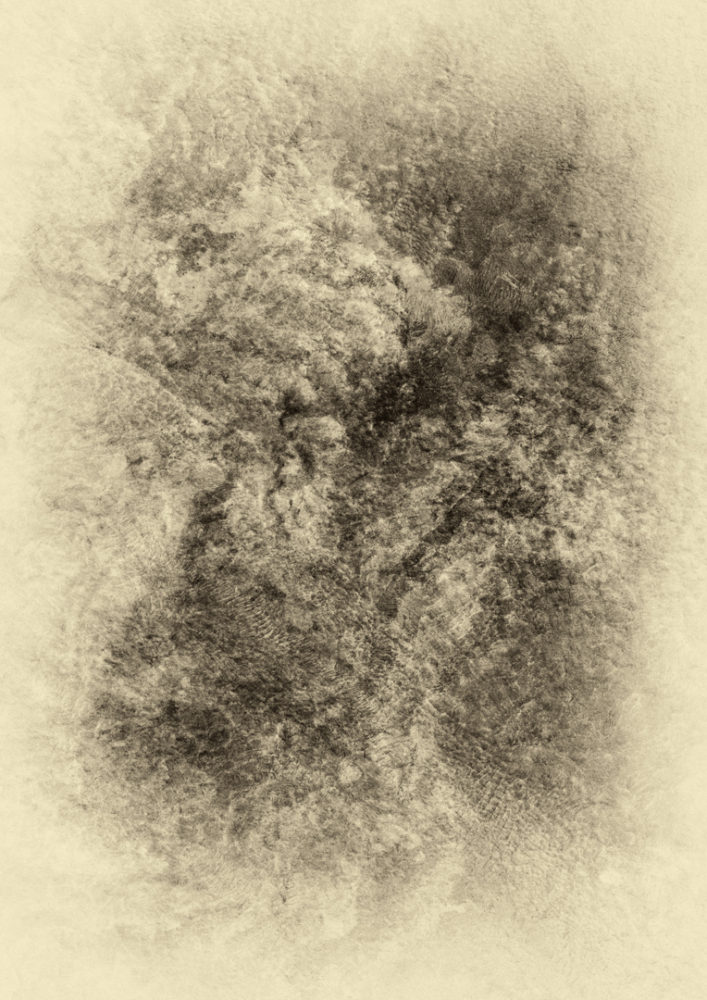
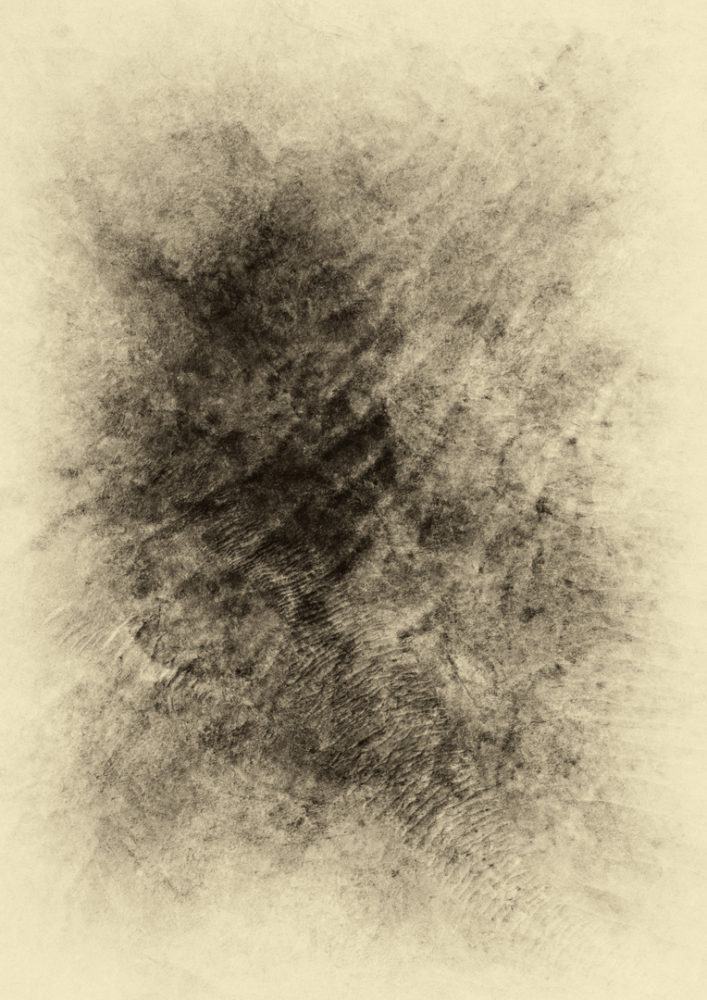
grit sick
salt skitter
weed wither
tide furrow
cleft flank
clot fleck
rock shimmer
bone splinter
pip harrow
fog must
silt whimper
clint crawl
soot wax
smut cluster
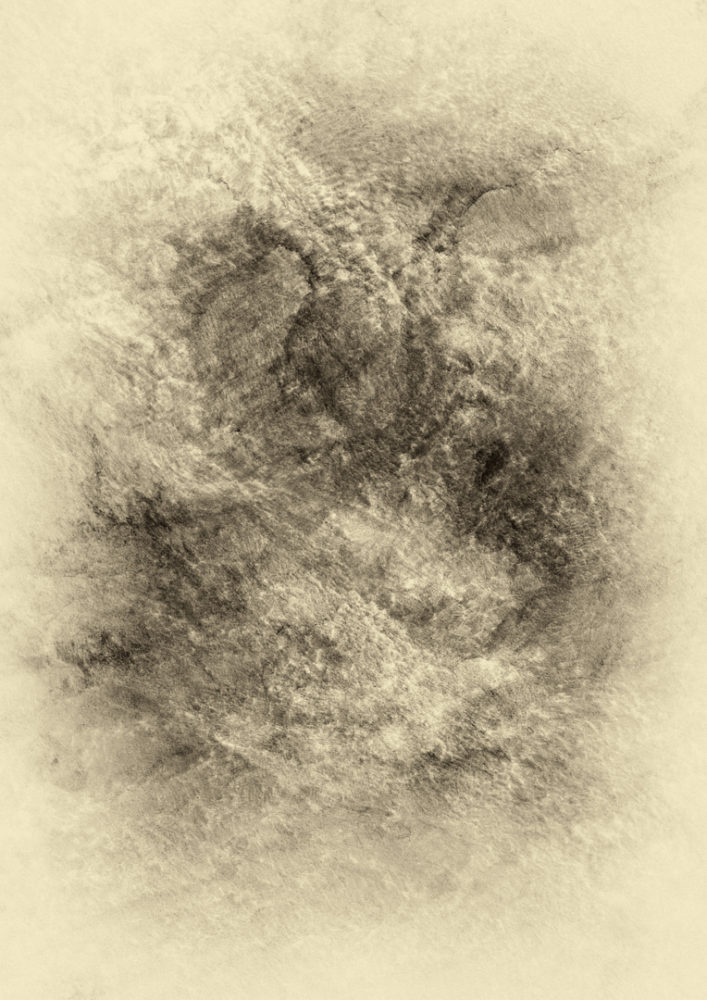
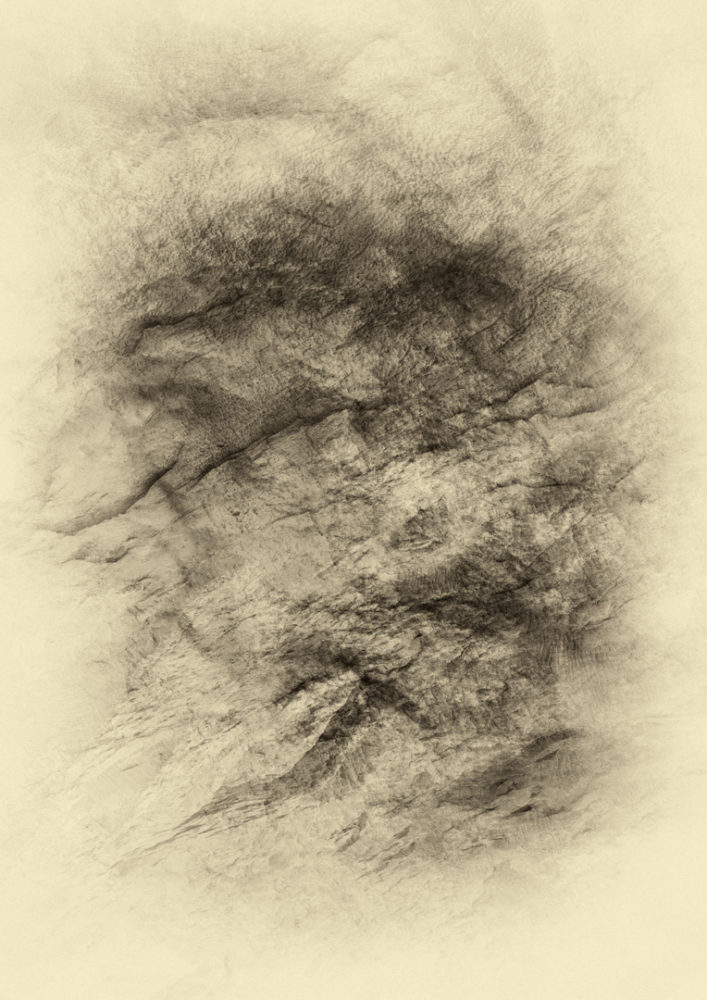
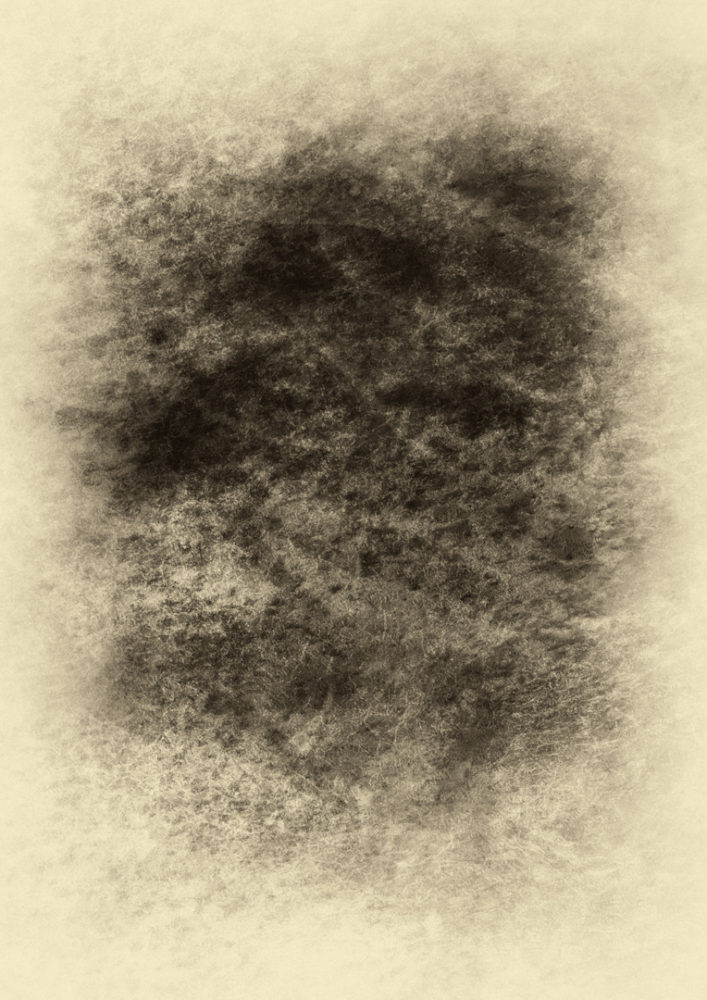
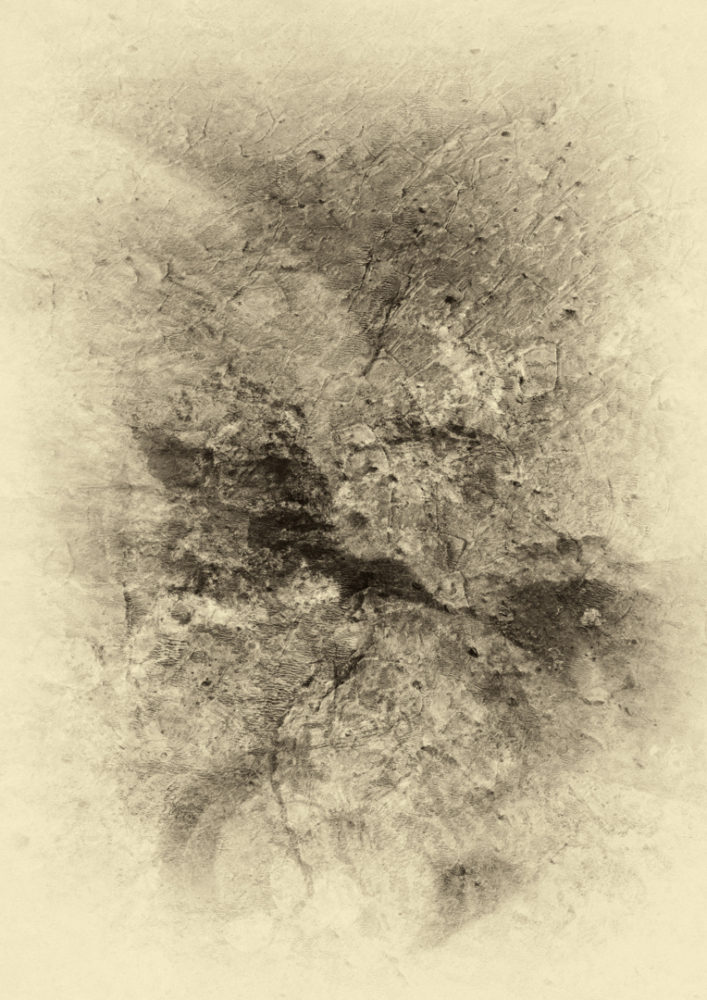
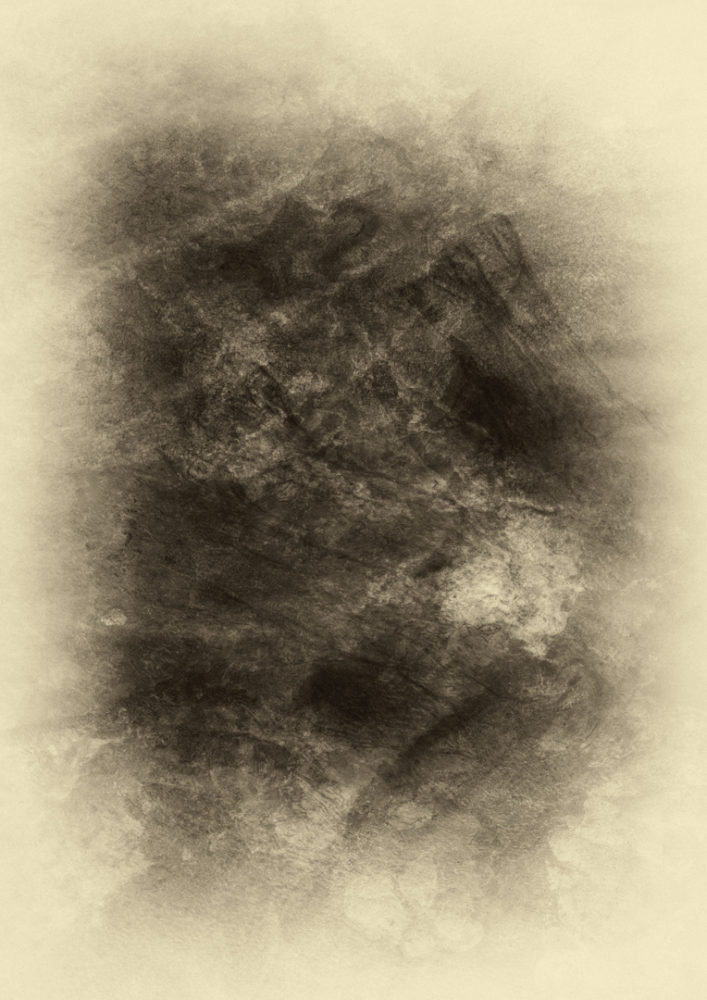
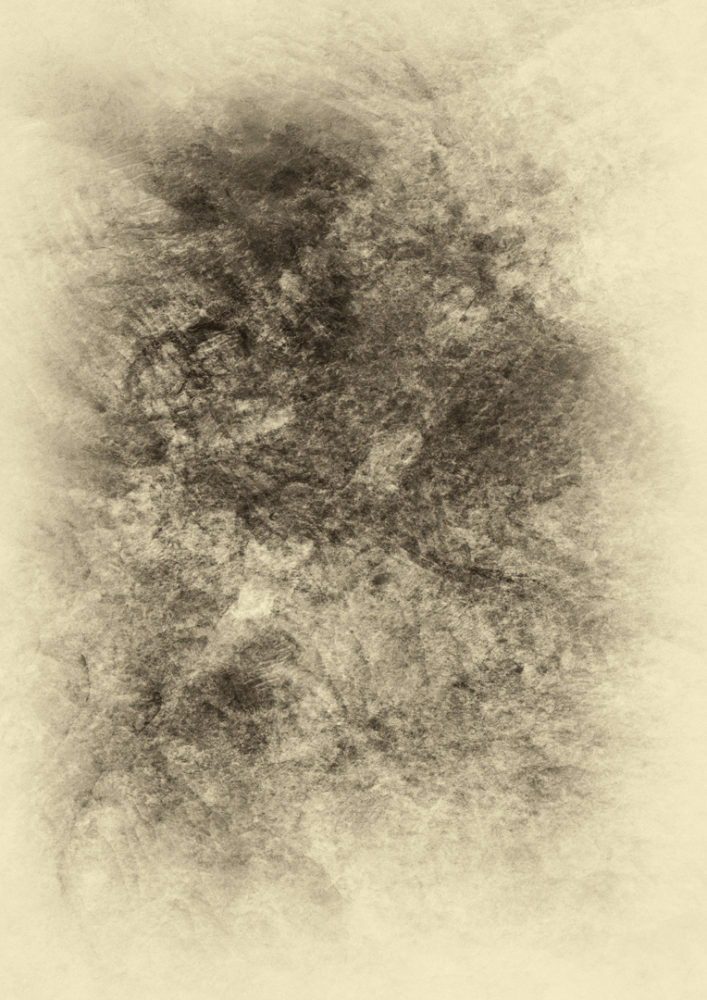
Stations was originally published by The Centre for Alterity Studies in a large format edition. The print edition has now sold out, but can be downloaded as a free PDF at http://www.alteritystudies.org/alterity-journal. A number of prints from the series are available to view at the Argentea Gallery in Birmingham. https://argenteagallery.com/contact/
ABOUT GUY DICKINSON
Born in Thirsk, North Yorkshire, Guy Dickinson trained as an Architect in London, winning the RIBA President’s Medal in 1993, and has been an associate at John Pawson since 2003. The seeds of his tracing silence project, established in 2011, were sown during a 14 day immersion in the Yorkshire Moors in 1992. Experimenting with methods of construction, weaving, stitching, thatching and casting, he created a series of simple shelters that sought to unearth the intrinsic nature of the places he inhabited.
Now utilising the mediums of photography and poetry, Guy’s work continues to explore place, but also the consonance between internal and external passage, the similitude between the passage of thoughts and the passage of the body. He scours, combs and sifts, eyes shifting from foreground to background, from details to horizons, looking to tease out some essence of how we perceive the world around us.
Recent work saunters from the sparse to the suffocating. Horizon, depth of field and perspective have been slowly relinquished in favour of texture, tone and surface. Developed through a cycling process of layering and distillation, these quietly cartographic fields invite us to look again at the landscape and the miry complexity of our place within it.
Website: tracingsilence.com
Twitter: @tracing_silence
Instagram: @tracing_silence
ABOUT ALISON MORRIS
Alison Morris is a writer and curator, specialising in the fields of architecture, design, gardens and landscape. In 2002 she edited the catalogues for the 8th Venice Architecture Biennale, under the directorship of Deyan Sudjic. Amongst a large number of published works, she is the author of John Pawson Plain Space (Phaidon, 2010) and Anatomy of Minimum (Phaidon, 2019) and is a con- tributor to and editor at large of the twice-yearly magazine, Pleasure Garden. She lives in Hastings, where she also works as a printmaker and shopkeeper.
CREDITS
Unless otherwise stated, all words and images in this article are © Guy Dickinson and Alison Morris
